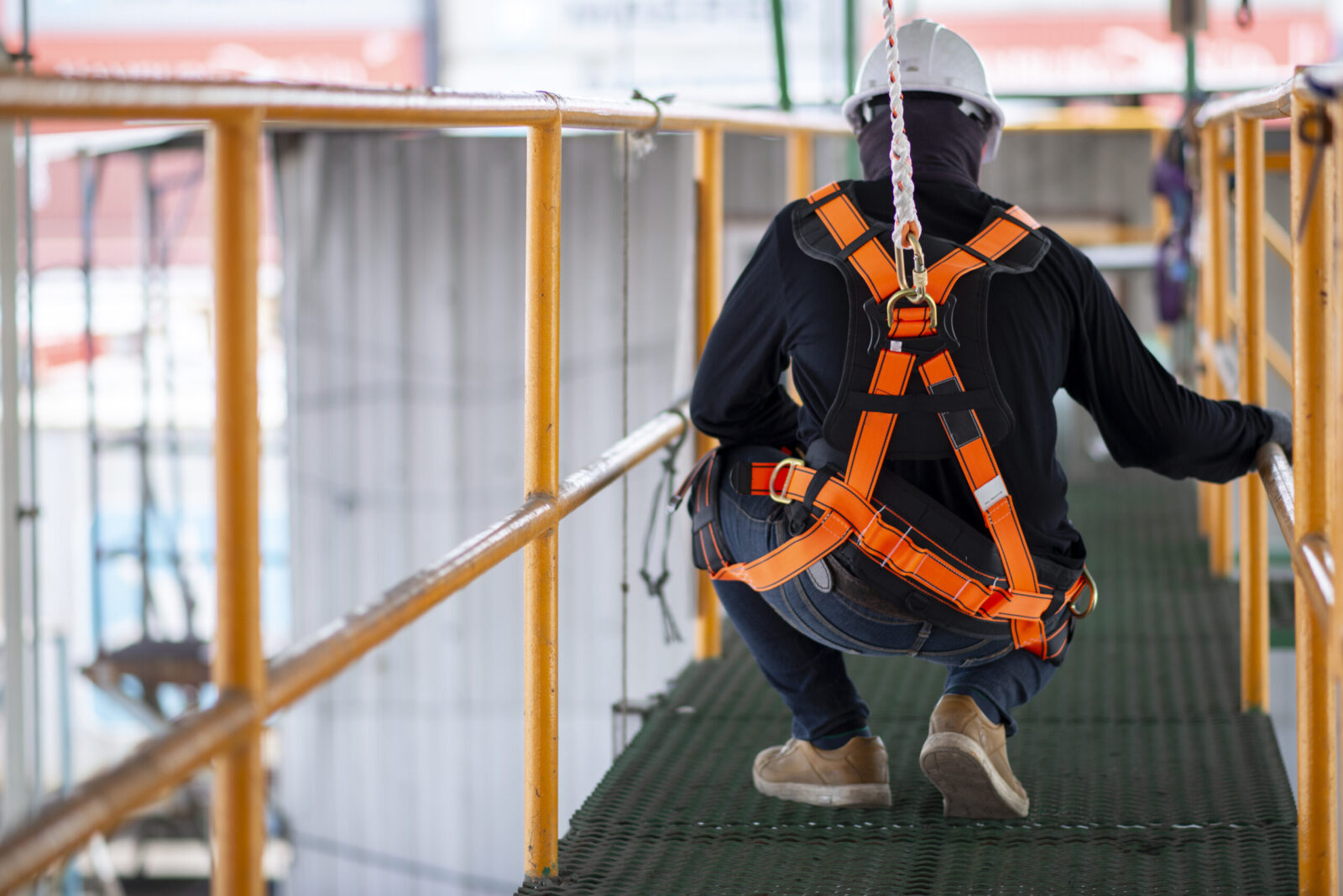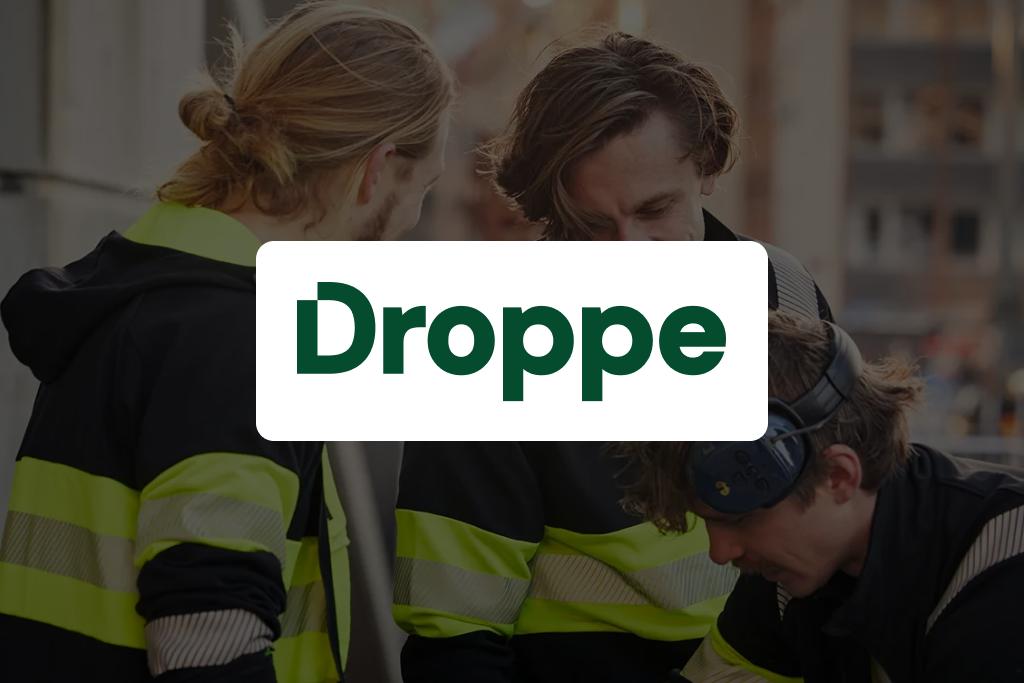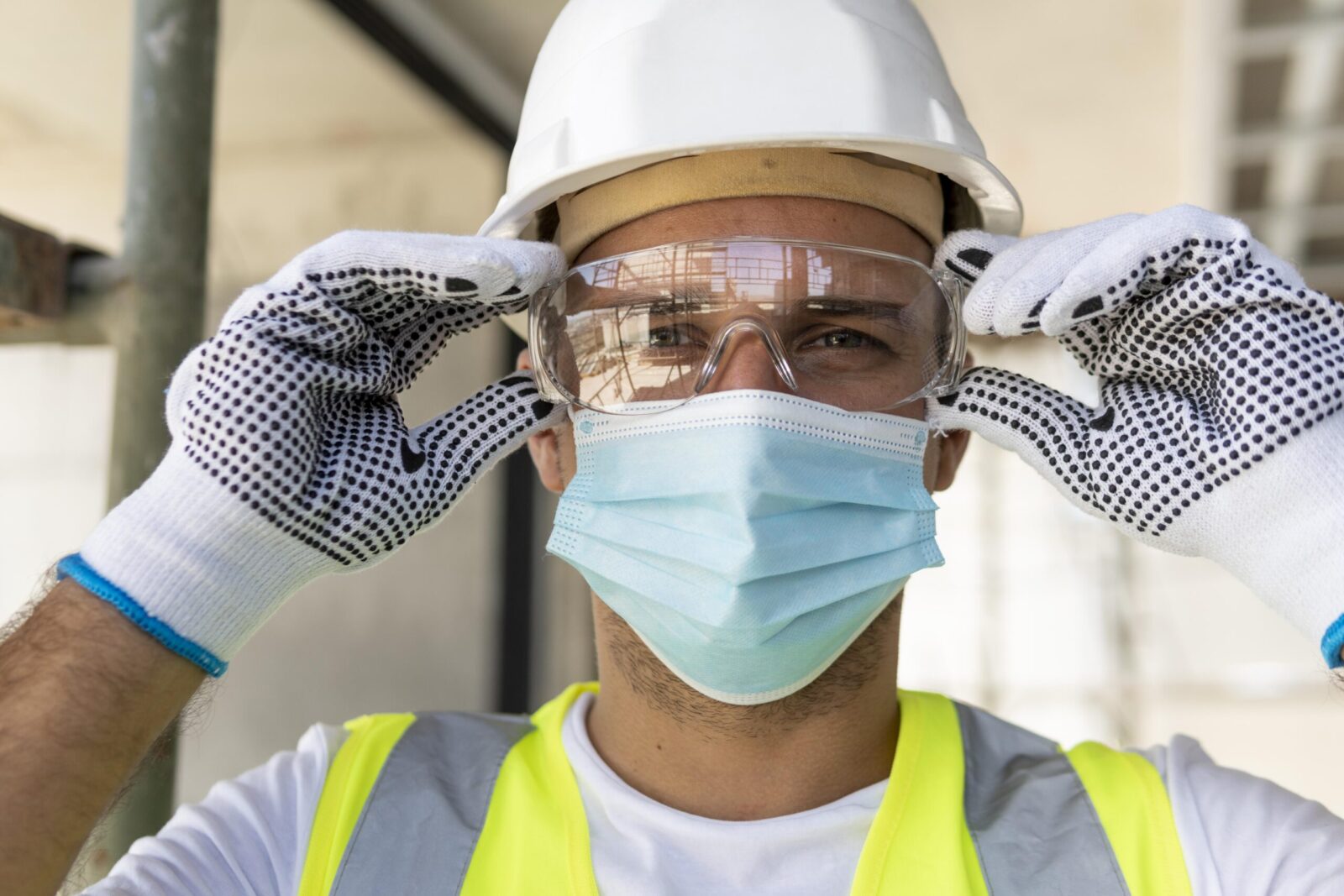
Essential PPE in the Food Industry: What You Need to Know
Overwhelmed by PPE options for food safety? Master your PPE selection for food workers safety with these practical tips.

Get 20€ off on your first order!
Roof work can be a dangerous endeavour as falls from heights can lead to severe injuries and in some cases even death.
According to a recent report from HSE (Health and Safety Executive), a total of 135 individuals lost their lives due to workplace accidents between the years 2022 and 2023, with 30% of these accidents being attributed to falls from height.
After all, picture a construction worker repairing a damaged section of a roof. Without a safety harness, a simple misstep or loss of balance could result in a devastating fall.
In this type of situation, wearing a properly fitted and durable roof safety harness can prevent serious injuries and save lives.
In this article, we will discuss the different features of an ideal safety harness, the different types available of harnesses on the market, factors to consider before making a purchase, safety standards and certifications, and tips for proper maintenance and care.

Safety harnesses are designed to keep the user secure and anchored to a stable structure while working at height, providing a lifeline that prevents falls and allows for a controlled descent in case of an emergency.
On top of that, in a situation where a worker needs to evacuate the roof quickly, these harnesses provide a lifeline that allows for a safe and controlled descent. This feature is a must in industries such as construction and maintenance, where workers often find themselves working at considerable heights.
Here is a list of all main features you should consider when choosing the best safety harnesses for your workers:
As a last note, remember that safety should never be compromised, so always invest in high-quality harnesses and follow proper safety protocols to ensure a secure and accident-free working environment.

There are three main types of roof safety harnesses available on the market, each designed for specific applications.
As a last note, remember to always refer to the manufacturer’s guidelines and consult with safety professionals for specific recommendations based on your unique needs and work environment.

To guarantee the highest level of safety for your workers, always purchase safety harnesses that are certified with the following safety standards.
EN 361: This standard details the design criteria, performance requirements, and testing methods that a full-body harness must meet to be deemed safe for use. For workers on roofs, this standard guarantees that their harness will provide comprehensive protection by distributing the fall forces across the body, thereby reducing the risk of injury during a fall. It also covers aspects like material durability, secure fastening systems, and the ability to adjust to fit the wearer correctly, guaranteeing the harness performs effectively in a fall arrest scenario.
EN 358: This standard pertains to work positioning and restraint systems, which are essential for tasks that require workers to be positioned at height but prevent them from reaching a point where a fall could occur. It sets out the specifications for belts and lanyards that are used to maintain a worker in a stable position, allowing them to work hands-free with reduced risk of falling. This is particularly relevant for roof workers who need to maintain a safe position near the edge of a roof or when working on sloped surfaces. EN 358 guarantees that these systems provide the necessary support and restraint without compromising the worker’s safety or mobility.
EN 363: This standard encompasses the comprehensive safety requirements for fall arrest systems, including harnesses, lanyards, energy absorbers, and anchorages. The EN 363 standard is a must for roofing operations as it ensures that every component of a fall arrest system works cohesively to provide maximum protection against falls. It covers the selection, use, and maintenance of these systems, guaranteeing they are effective in arresting falls while minimizing the impact forces on the body. For roofers, this means the assurance that their entire fall protection setup, from the harness to the anchorage point, has been rigorously tested and proven to work under real-world conditions.

Simply owning a safety harness is not enough. Your workers should learn to take proper care of their harnesses to make sure they remain effective for a long time.
Here are some important maintenance and care tips on how to maintain a safety harness:
Regular Inspection of a Safety Harness: Before each use, your workers should take a few minutes to carefully examine the straps, buckles, and attachment points for any signs of wear or damage. Instruct them to look for frayed edges, loose stitching, or any other visible signs of deterioration. If they notice any such issues, it is imperative to replace the damaged or worn components immediately. In addition to visual inspections, it is also recommended to perform a functional test of the safety harnesses. This involves simulating a fall to test whether the harness properly activates and arrests the fall. While this may seem unnecessary, it is an important step in guaranteeing the reliability of the safety harness.
Cleaning a Safety Harness: After each use, your workers should always clean their safety harnesses to remove any dirt, debris, or contaminants that may have accumulated. Make sure they follow the manufacturer’s instructions for cleaning, as different harnesses may require specific cleaning methods. In general, mild soap and water might be sufficient for most harnesses, but avoid using harsh chemicals or solvents that can degrade the integrity of the materials. When cleaning their safety harnesses, your workers should pay special attention to the areas where the straps and buckles meet. These areas are prone to dirt buildup and may require extra scrubbing to remove stubborn grime. The harnesses must be rinsed thoroughly and air-dried before they are stored.
Storing a Safety Harness: Proper storage is another important aspect of maintaining a safety harness. All harnesses should be stored in a clean and dry environment, away from direct sunlight or extreme temperatures. Exposure to sunlight and extreme heat or cold can weaken the materials and compromise the harness’s integrity.

Roof work can be hazardous, but with the right safety equipment, such as a properly fitted and reliable safety harness, you can minimize the risks and guarantee your workers’ safety while working at height.
Next, you can browse our full selection of safety harnesses selected from the most trusted manufacturers in Europe or get in touch with our experts for a consultation or a personal quote.
Thank you! You've signed up for our newsletter.



















Overwhelmed by PPE options for food safety? Master your PPE selection for food workers safety with these practical tips.

Struggling to maintain clear vision in demanding environments? This guide is here to help. By the end, you’ll know exactly...

Electricians across Europe face unique challenges that require reliable safety glasses to ensure both protection and efficiency. Whether safeguarding against...

Overwhelmed by PPE options for food safety? Master your PPE selection for food workers safety with these practical tips.

Struggling to maintain clear vision in demanding environments? This guide is here to help. By the end, you’ll know exactly...

Electricians across Europe face unique challenges that require reliable safety glasses to ensure both protection and efficiency. Whether safeguarding against...
Get 20€ off on your first order!
Save 30% by buying directly from brands, and get an extra 10€ off orders over €100
Save 30% by buying directly form brands, and get an extra 10€ off orders over €100